Description
This set of practice slideshows is meant to accompany the Kodály-Aspiring Recorder Method.
Slideshows featuring text, solfege and no text/solfege for the 5 songs in the Tika Tika/Ti Tika/Tika Ti concept of the method.
Songs are: Chattanooga Choo Choo, Pumpkin Pumpkin, Deedle Deedle Dumpling, Fed My Horse, Mama Buy Me a Chiney Doll, Round and Round, Charlie (Over the River), Hogs in the Cornfield, Hop Old Squirrel
3 options: With words, with solfege, “You can do it” with notes only
How this recorder method works:
It seems like there is always one. There is that one student that can’t play the recorder pieces because they can’t hear how it is ‘supposed to sound’. They are frustrated, and you are frustrated for them.
This method uses what they already know: solfege and rhythm syllables. Focusing on the introduction of the fingering instead of the note name helps students understand by using a known concept instead of the idea of note names which can be very abstract for some kids.
This system lends itself well to a ‘belt’ system too if you wish. Each belt would be at the completion of a concept/set of concepts. Some concepts are grouped together, others appear separate. The rhythmic concepts are not emphasized in this system, however, the first few are introduced with the solfege to review. Some rhythmic elements are not introduced in sequence to ensure that folk songs deal with only the solfege elements that have been introduced already. (Some songs include later concepts of Fa and are meant to be returned to reinforce rhythm after new solfege notes are learned.)
All solfege elements are practiced with 5 songs, rhythmic elements do not always have 5. Before students play each song, make sure they have been introduced to every concept in the song. I’ve included other musical elements such as repeats, anacrusis, ties, rounds, and time signature changes. Many of these do not happen until the later concepts when the children are more comfortable with the mechanics.
In addition to being relatable concepts, this system also relies on widely known folk songs. This is also to help those kids that just need to hear it to play it as a beginner. Students can still practice at home once they have sung the songs in class but this must occur before they bring it home to practice.
This method doesn’t deal with moveable do, or key signatures so that students can truly relate the solfege they know to the notes they are playing. Due to Do being fixed at C, low la and low sol do not appear but will be introduced in level 2 of the series when key changes and chromatics are introduced. If you’ve prepped them that do moves with other activities, it won’t be an issue later on if you don’t get to level 2.
Also, if you work in a district that utilizes fixed-do in upper choral classes, they’ll have an advantage!
Resources for the Kodály-Aspiring Recorder Method
The Kodály-Aspiring Recorder Method Level One
The Kodály Aspiring Recorder Resources
Check out the sample pack of the Kodály-Aspiring Recorder
Love the Kodaly recorder?

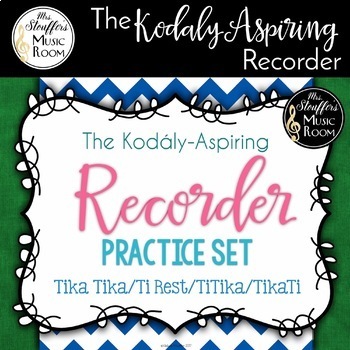
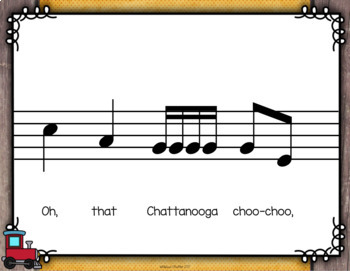
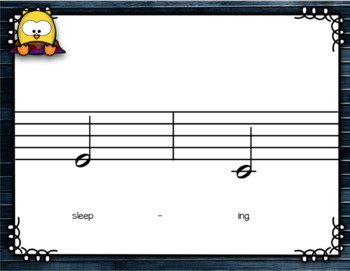

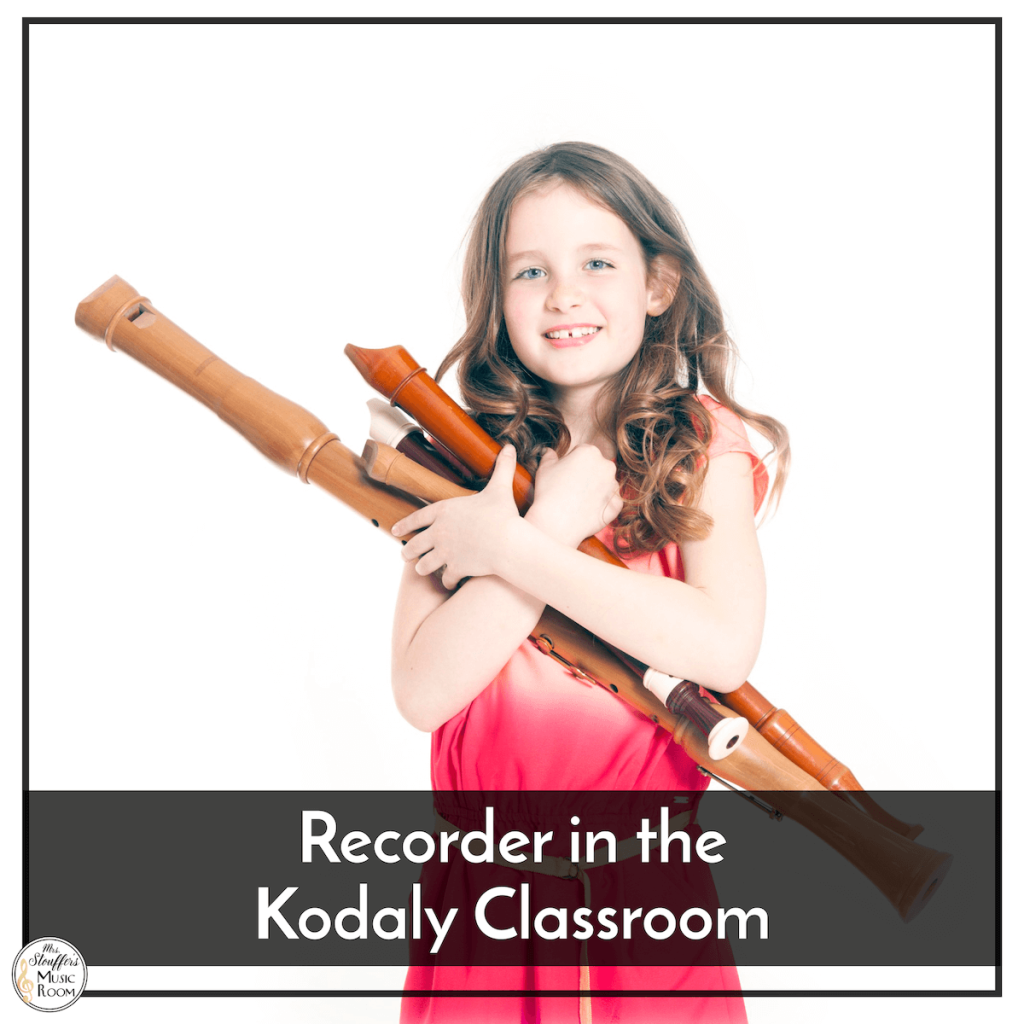




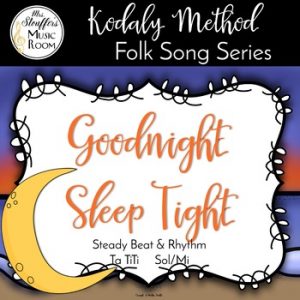

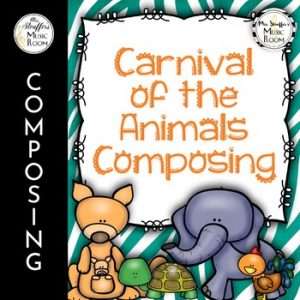
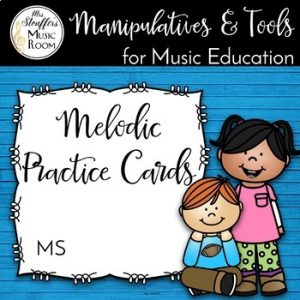
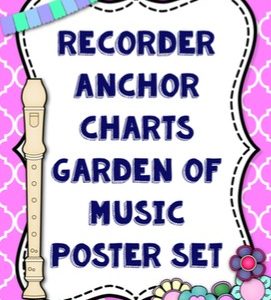
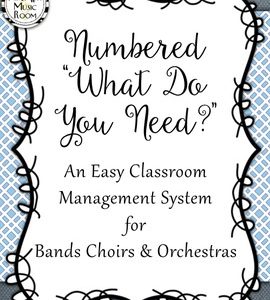
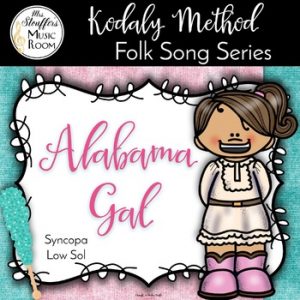

Reviews
There are no reviews yet.